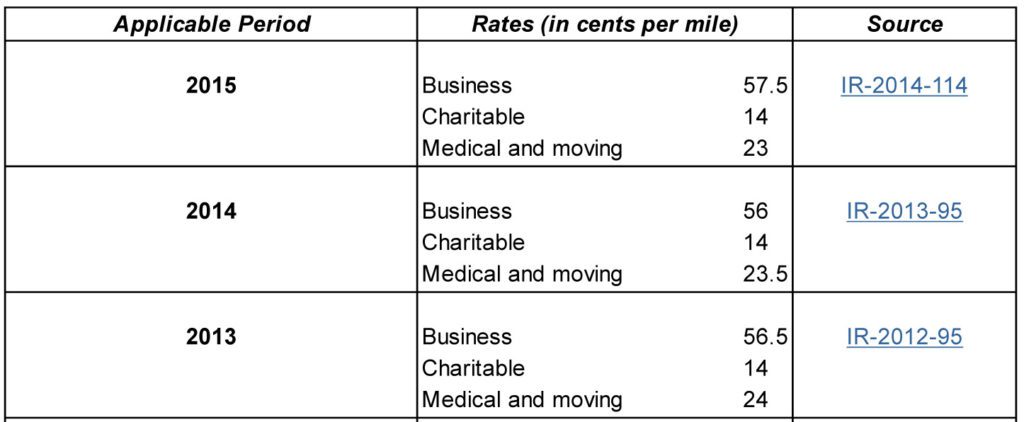With the end of 2016’s primary season in sight, we’ve looked to examine the tax plans of the last three candidates remaining. While many voters haven’t given these issues much thought, it’s important to consider how each candidate’s proposals could impact your tax situation and your disposable income.
Three takeaway’s from Hillary’s Reform:
- Imposing the “Buffett rule” requiring taxpayers earning more than $1 million per year to pay at least 30% in taxes, and “broadening the base of income subject to the rule.”
- Enacting the “Fair Share Surcharge”— an extra 4% surtax on taxpayers who make more than $5 million per year.
- Modifying the treatment of capital gains for taxpayers in the highest bracket by implementing a graduated holding period where the rate decreases, from 39.6% to 20%, over a 6-year period, to promote long-term investment.
Three takeaway’s from Bernie’s Reform:
- Mr. Sanders would leave the existing rates in place for married couples with income below $250,000 and single filers with incomes below $200,000. However, he would replace the existing top three rates (of 33%, 35%, and 39.6%) as follows:
- 37% on income between $250,000 and $500,000;
- 43% on income between $500,000 and $2 million;
- 48% on income between $2 million and $10 million; and
- 52% on income of $10 million and above.
- Repeal the favorable rates on capital gains and dividends for married couples with incomes over $250,000 (which would instead be subject to the otherwise applicable income tax rate), while retaining the existing favorable treatment for taxpayers who fall under that threshold. He would also increase the 3.8% surtax on net investment income to 10%
- Eliminate the Social Security wage base (for 2016, $118,500) so that everyone pays the same percentage of their income.
Three takeaway’s from Donald’s Reform:
- The individual tax rates under Mr. Trump’s tax plan would be:
- 0% for single filers earning up to $25,000, married filers earning up to $50,000, and heads of household earning up to $37,500;
- 10% for single filers earning $25,001 to $50,000, married filers earning $50,001 to $100,000, and heads of household earning $37,501 to $75,000;
- 20% for single earners earning $50,001 to $150,000, married filers earning $100,001 to $300,000, and heads of household earning $75,001 to $225,000; and
- 25% for single filers earning $150,000 and up, married filers earning $300,001 and up, and heads of household earning $225,001 and up.
- The long-term capital gains and dividends rates would be:
- 0% for taxpayers in the 0% and 10% income tax rate brackets;
- 15% for taxpayers in the 20% income tax rate bracket; and
- 20% for taxpayers in the 25% income tax rate bracket.
- Cutting the corporate tax rate to 15% and also creating a new “business income tax rate” within the “personal tax code” (i.e., because pass-through entities are subject to taxation under individual rates) that would match the 15% corporate tax rate for pass-through businesses and freelancers.
While it’s unlikely any of the above proposals would become law, they provide insight to each candidate’s underlying principals. These ideologies will guide the reformation efforts of our next president.
More information about each candidates tax plan can be found on their respective websites.


